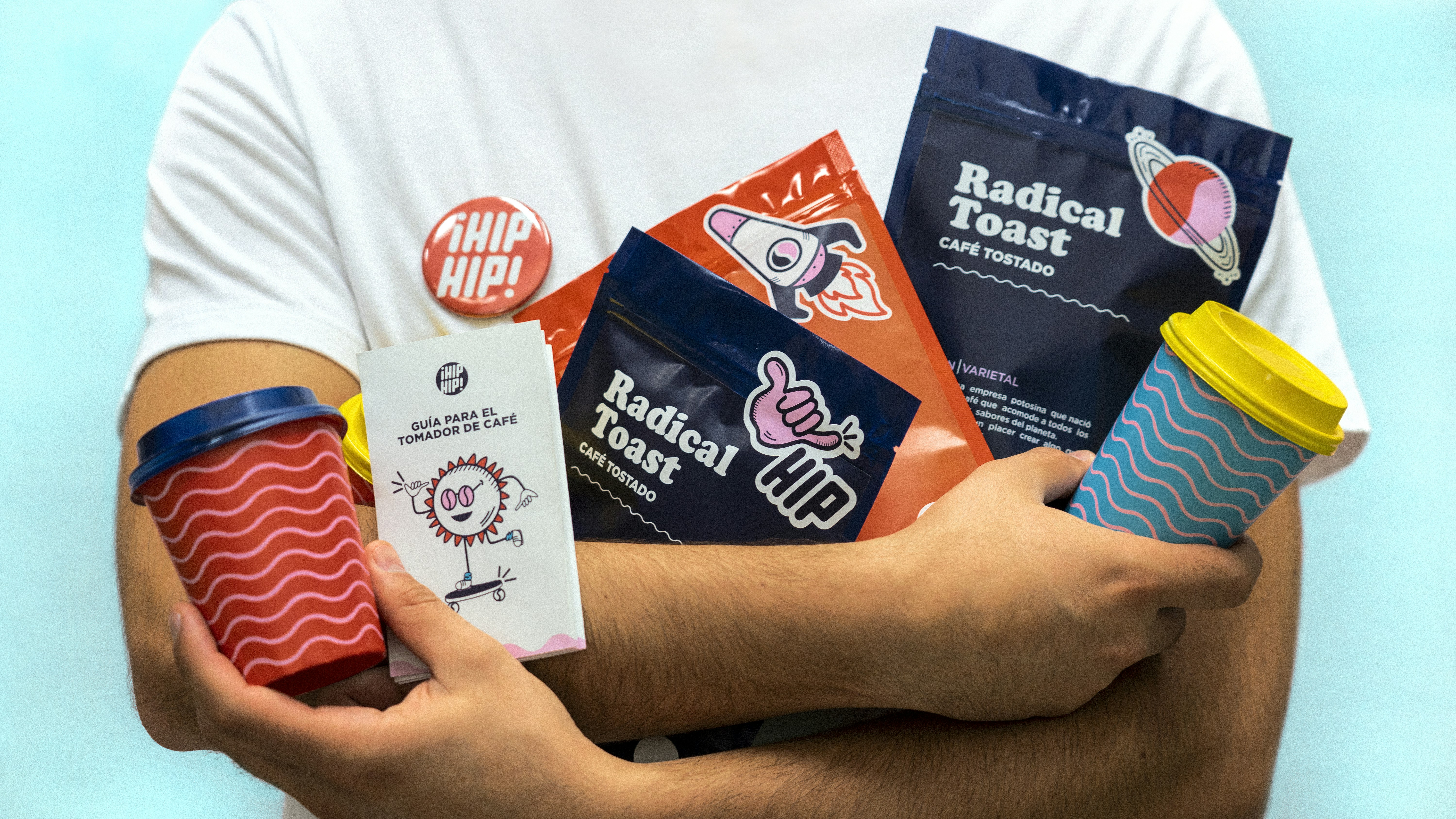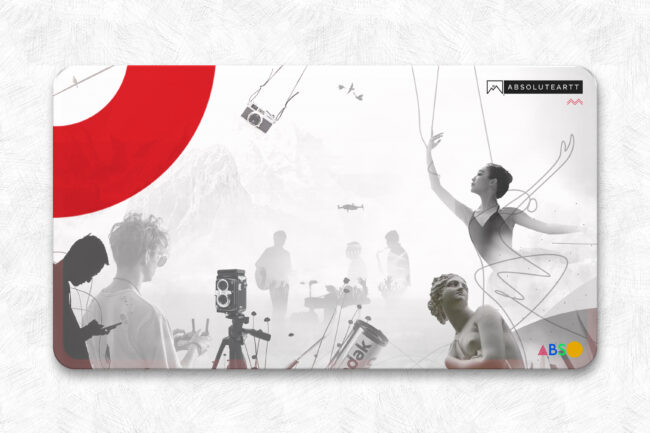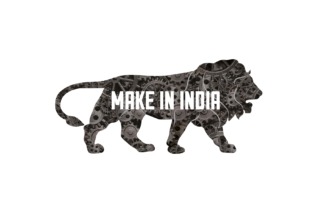Packaging design is often the unsung hero of product success. At first glance, a package may seem like nothing more than a protective layer around a product. But delve deeper, and it becomes clear that packaging is a powerful tool that shapes perception, evokes emotion, and even drives purchasing behavior. In a world brimming with choices, packaging is often the first impression a consumer has of your product — and as we all know, first impressions last.
Why Packaging Matters
Every product has a story, and packaging is its first narrator. Beyond its primary role of protecting a product during storage and transport, packaging serves as a silent communicator. It tells potential customers what your brand stands for, conveys quality, and differentiates your offering from competitors.
Think about it: when walking down an aisle or scrolling through an online store, consumers are bombarded with options. A well-crafted package does more than catch the eye; it sparks curiosity, evokes emotion, and builds trust. It can make a premium product feel luxurious, a sustainable product feel responsible, or a playful product feel approachable. In many cases, packaging alone can determine whether a consumer stops, picks up the product, and ultimately makes a purchase.
Key Elements of Packaging Design
Creating memorable packaging involves much more than visual flair. Designers must consider a range of factors, from aesthetics to functionality to environmental impact. Here are the core elements:
1. Brand Identity
Packaging must reflect the brand’s personality and values. Typography, color schemes, and visual style all contribute to a cohesive brand identity. A consistent design across products ensures recognition and builds loyalty over time.
2. Product Information
Clarity is essential. Consumers should immediately understand the product’s purpose, features, and benefits. This can be communicated through text, icons, imagery, or even subtle design cues.
3. Functionality
A package must be user-friendly. It should protect the product, be easy to open and close, and convenient to store or transport. Functionality is as critical as aesthetics, and the best designs achieve both seamlessly.
4. Sustainability
Modern consumers are increasingly eco-conscious. Packaging that incorporates recyclable, biodegradable, or reusable materials signals that a brand is aligned with environmental responsibility — an attribute that resonates deeply with today’s audience.
Principles for Creating Memorable Packaging
While every product is unique, several universal principles help elevate packaging design from functional to extraordinary:
1. Consider the Customer Journey
Think beyond the shelf. Packaging should enhance the entire customer experience, from discovery and purchase to unboxing and post-use interaction. A package that delights during unboxing can transform a simple product into an unforgettable brand encounter.
2. Simplicity Wins
Cluttered designs overwhelm the consumer and dilute the message. The most effective packaging communicates the core message clearly and elegantly, letting the product shine.
3. Strategic Use of Color
Color influences perception and emotion. Warm colors like red and orange evoke energy and excitement, while cool colors like blue and green suggest calmness and trust. Strategic color use can reinforce brand personality and create a visual shorthand for recognition.
4. Innovation and Uniqueness
Unique shapes, textures, or interactive elements can differentiate a product in a crowded marketplace. Think beyond the conventional: can your packaging double as a collectible, a display piece, or a conversation starter? Innovation creates curiosity and encourages engagement.
5. Functionality Is Not Optional
A striking design is meaningless if it fails in practical use. Packaging must protect the product, be easy to handle, and fit seamlessly into consumers’ lives. Functional design is a silent promise of quality.
6. Storytelling Through Design
Packaging is a canvas for storytelling. Beyond product features, it can narrate brand values, heritage, or mission. Through imagery, typography, and material choices, packaging can create an emotional connection, fostering loyalty and long-term engagement.
Lessons from Iconic Packaging Designs
Great packaging doesn’t happen by accident. Examining successful examples reveals the strategies that make designs unforgettable:
- Apple: Minimalist, elegant, and precise. Apple packaging communicates premium quality, simplicity, and attention to detail, reinforcing the brand’s identity as a design-driven innovator.
- Coca-Cola: Instantly recognizable, the iconic bottle shape evokes nostalgia, joy, and consistency. The design itself is a storytelling device that resonates across generations.
- Method: By combining sustainability with playful, innovative shapes, Method turns household cleaning products into design statements. Recyclable materials and bold visuals signal eco-consciousness and creativity.
- Glossier: Pastel tones, whimsical illustrations, and minimalist aesthetics reflect approachability and inclusivity, perfectly matching the brand’s ethos in the beauty space.
- Nike: Functional yet energetic, Nike’s packaging communicates movement, performance, and innovation. Bold colors and typography align perfectly with the brand’s athletic identity.
Each of these examples demonstrates that packaging is not merely protective or decorative. It’s a strategic, multidimensional tool for storytelling, branding, and emotional connection.
Bringing It All Together
Packaging design sits at the intersection of art, psychology, and commerce. It must speak to consumers visually, functionally, and emotionally — all while reinforcing brand identity and values. It’s a space where creativity meets strategy, where innovation can yield tangible business results, and where attention to detail can transform ordinary products into icons.
In the end, memorable packaging is not just about aesthetics. It’s about creating an experience that resonates, engages, and stays with the consumer long after the initial interaction. Every choice — from color and typography to material and unboxing experience — contributes to this narrative.
For brands seeking to make a lasting impact, investing in thoughtful, strategic packaging is no longer optional. It is an opportunity to turn every product into a storyteller, every unboxing into a memorable ritual, and every shelf encounter into a moment of connection. Packaging is more than a wrapper; it is the silent ambassador of your brand, speaking volumes without uttering a word.





